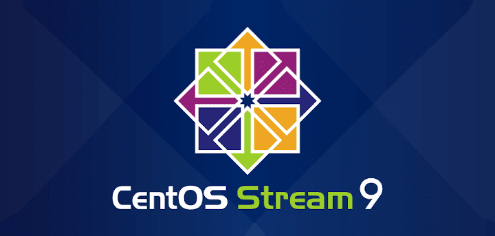
Configure Firewall and SELinux
To Configure Firewall and SELinux on CentOS Stream Server, Configure like follows.
Initial Settings Firewall
Step [1] It's possible to display FireWall Service Status like follows. (enabled by default)
[root@bizantum ~]# systemctl status firewalld
* firewalld.service - firewalld - dynamic firewall daemon
Loaded: loaded (/usr/lib/systemd/system/firewalld.service; enabled; vendor>
Active: active (running) since Fri 2021-11-25 20:29:20 JST; 5min ago
Docs: man:firewalld(1)
Main PID: 710 (firewalld)
Tasks: 2 (limit: 4419)
Memory: 41.6M
CPU: 427ms
CGroup: /system.slice/firewalld.service
+- 710 /usr/bin/python3 -s /usr/sbin/firewalld --nofork --nopid
# [Active: active (running) ***] means firewalld is running now
Step [2] If you use FireWall service, it needs to modify FireWall settings manually because incoming requests for services are mostly not allowed by default. Refer to here for basic Firewall operation and settings. Configuration examples of CentOS Stream 9 on this site are based on the environment Firewalld service is always enabled.
Step [3] If you don't need FireWall service because of some reasons like that some FireWall Machines are running in your Local Netowrk or others, it's possible to stop and disable FireWall service on CentOS Stream server like follows.
# stop service
[root@bizantum ~]# systemctl stop firewalld
# disable service
[root@bizantum ~]# systemctl disable firewalld
Removed /etc/systemd/system/multi-user.target.wants/firewalld.service.
Removed /etc/systemd/system/dbus-org.fedoraproject.FirewallD1.service.
Initial Settings SELinux
Step [4] It's possible to display current SELinux (Security-Enhanced Linux) Status like follows. (enabled by default)
[root@bizantum ~]# getenforce
Enforcing # SELinux is enabled
Step [5] If you enable SELinux, there are cases to modify SELinux policies manually because sometimes SELinux stops applications. Refer to here for basic SELinux operation and settings. Configuration examples of CentOS Stream 9 on this site are based on the environment SELinux is always Enforcing.
[root@bizantum ~]# useradd centos
[root@bizantum ~]# passwd centos
Changing password for user centos.
New UNIX password: # input any password you'd like to set
Retype new UNIX password: # confirm
passwd: all authentication tokens updated successfully.
Step [6] If you don't need SELinux feature because of some reasons like that your server is running only in Local safety Network or others, it's possible to disable SELinux like follows.
# disable SELinux
[root@bizantum ~]# grubby --update-kernel ALL --args selinux=0
# apply changes to restart computer
[root@bizantum ~]# reboot
# if falling back to enable, run like follows
[root@bizantum ~]# grubby --update-kernel ALL --remove-args selinux









Comments
Post a Comment
Thank you for your comment! We appreciate your feedback, feel free to check out more of our articles.
Best regards, Bizantum Blog Team.